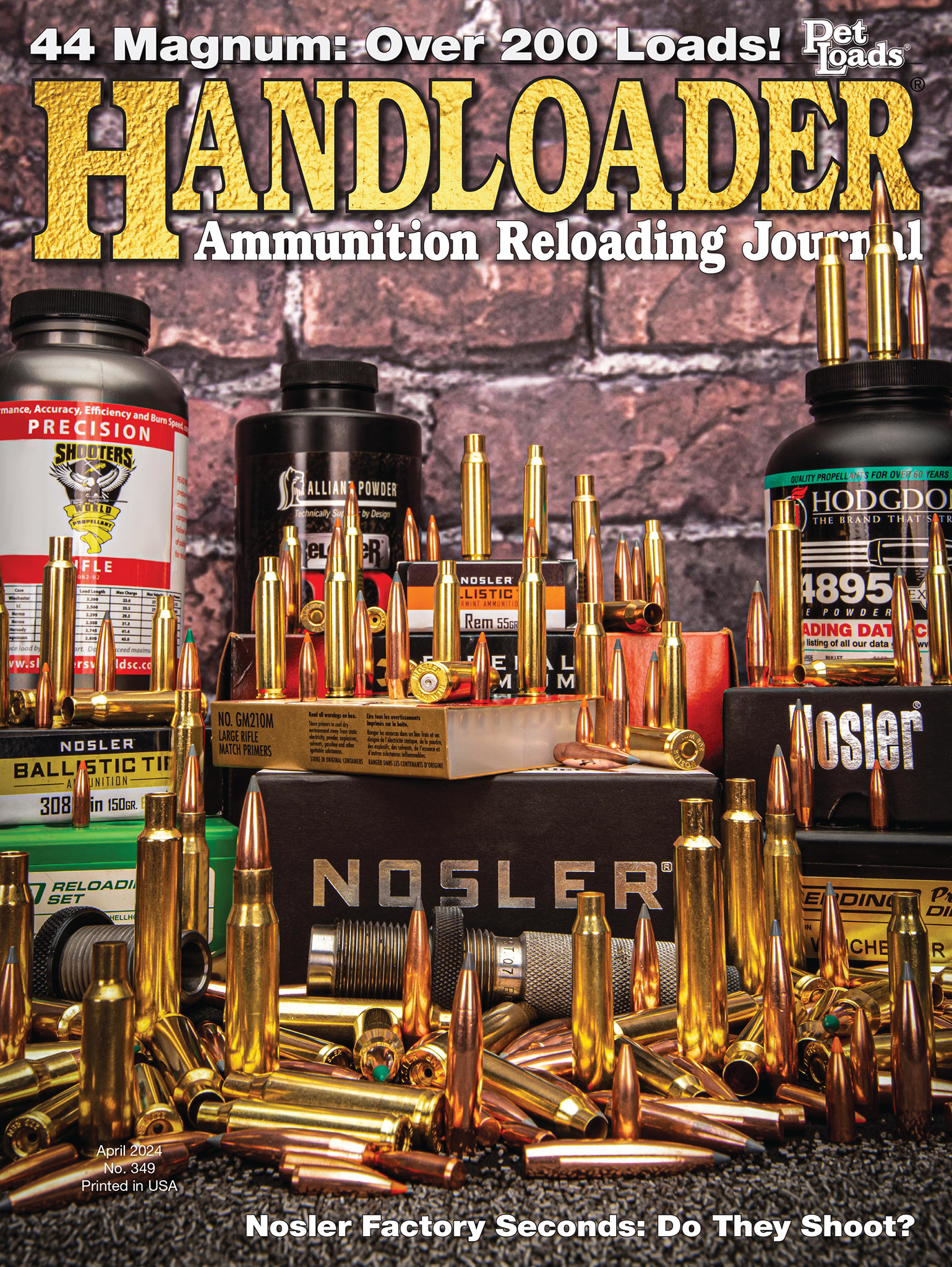Cartridge Board
8x56mmR Hungarian Mannlicher
column By: Gil Sengel | April, 24
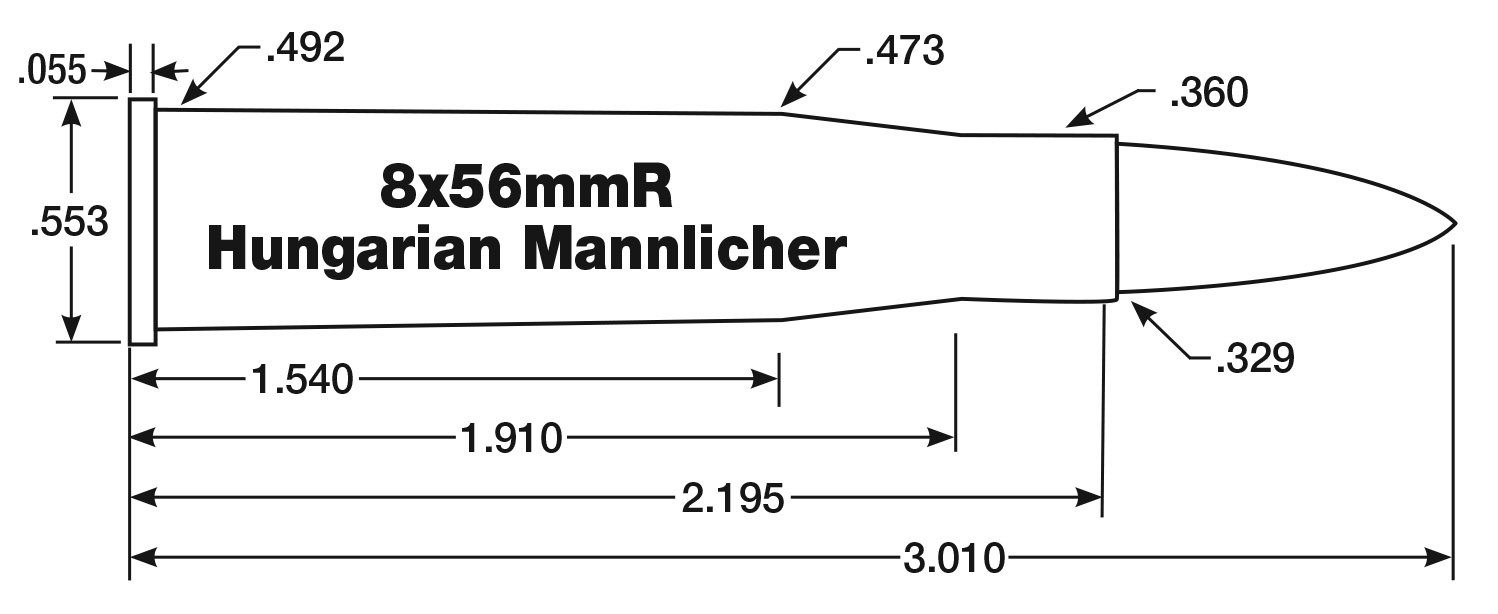
Other designs were tried, but what the army really wanted was a repeater. This quick-firing idea was strange at a time in history when most military officers were resisting the transition from muzzleloaders to cartridge single shots simply because the new guns allowed soldiers to fire more quickly.
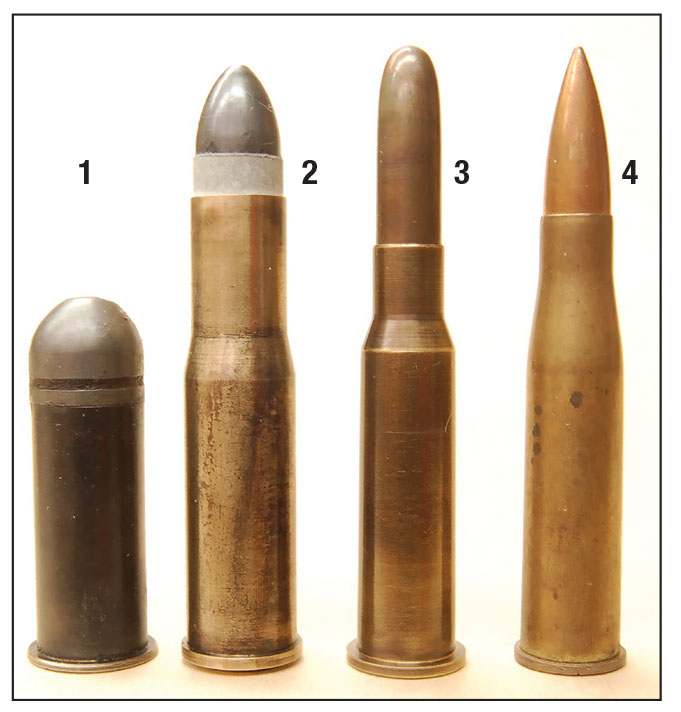
Mannlicher went right to work designing a repeating rifle for the Austrian army. He soon had one, a bolt action of sorts having a tubular magazine in the buttstock. It was too slow to load. More designs followed until an 1884 rifle used a five-round magazine protruding out of the top of the receiver. It was absurd, but another factor grabbed the testing commission’s attention.
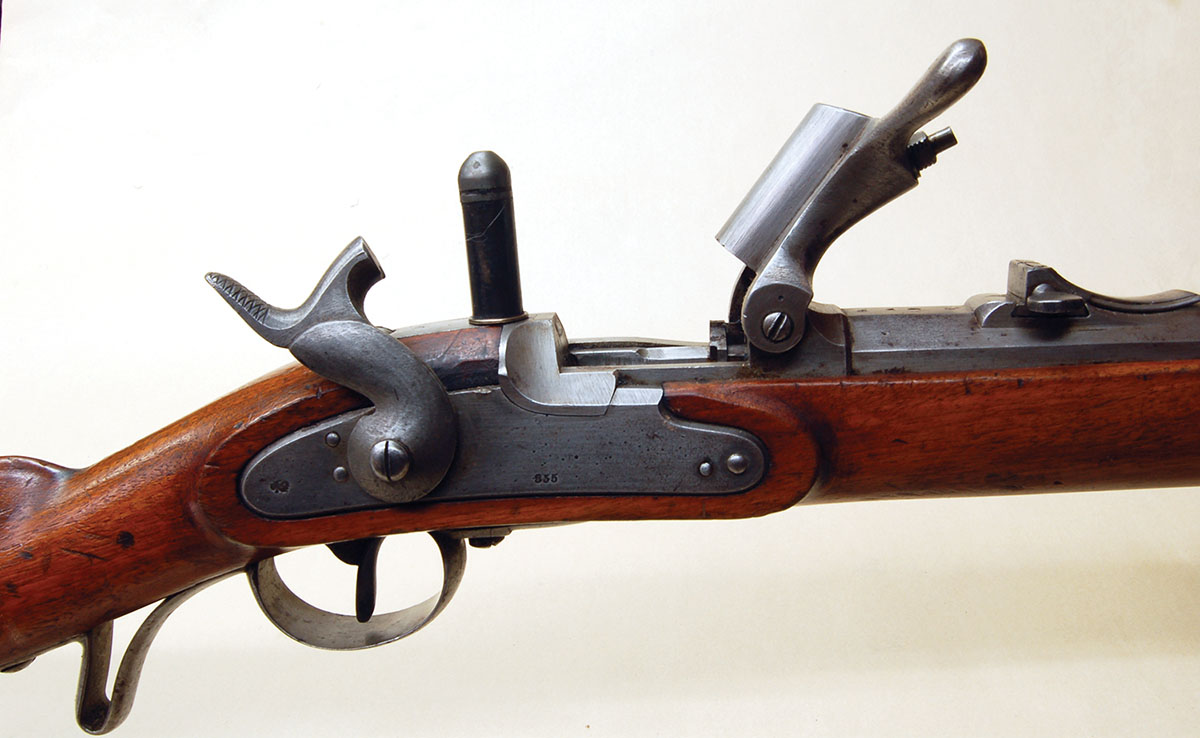
The next year, Mannlicher was back with a new straight pull locked by a pivoting “wedge” that dropped down out of the two-piece bolt. It was adequate for black-powder cartridges. The design also introduced what Mannlicher called the five-shot “packet” (en bloc clip) loading magazine. It could fire faster and be reloaded quicker than any other military rifle. The adoption as the M86 rifle took place on June 20, 1886.
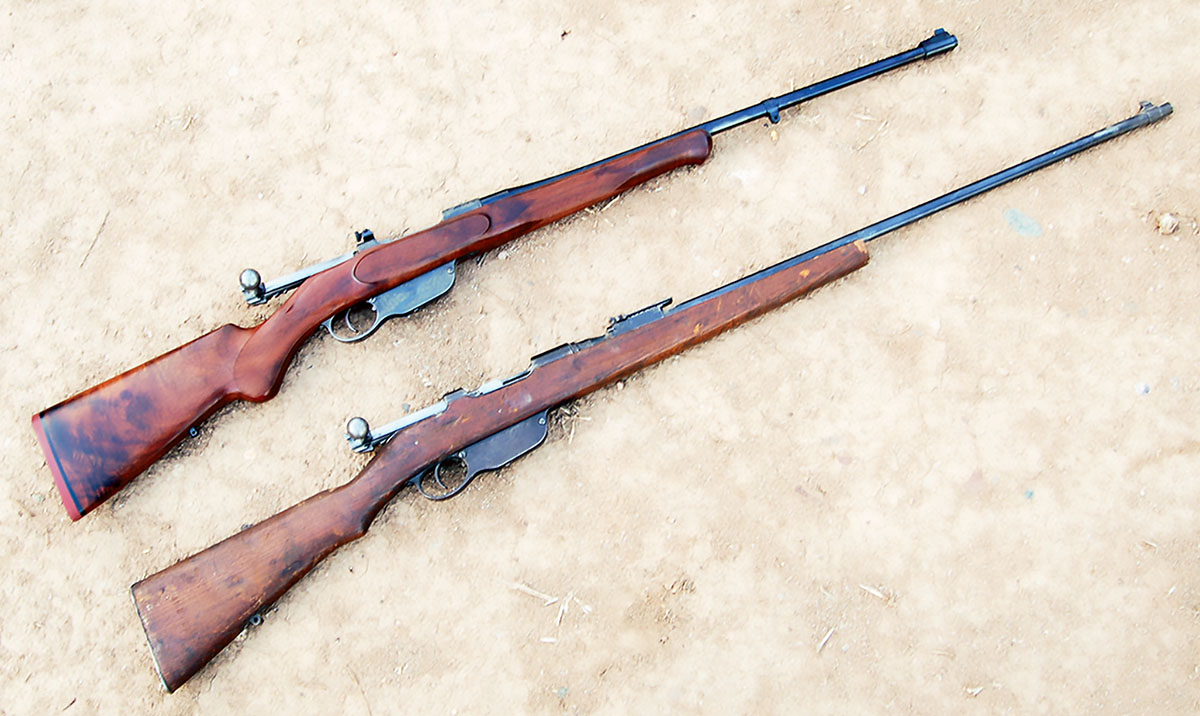
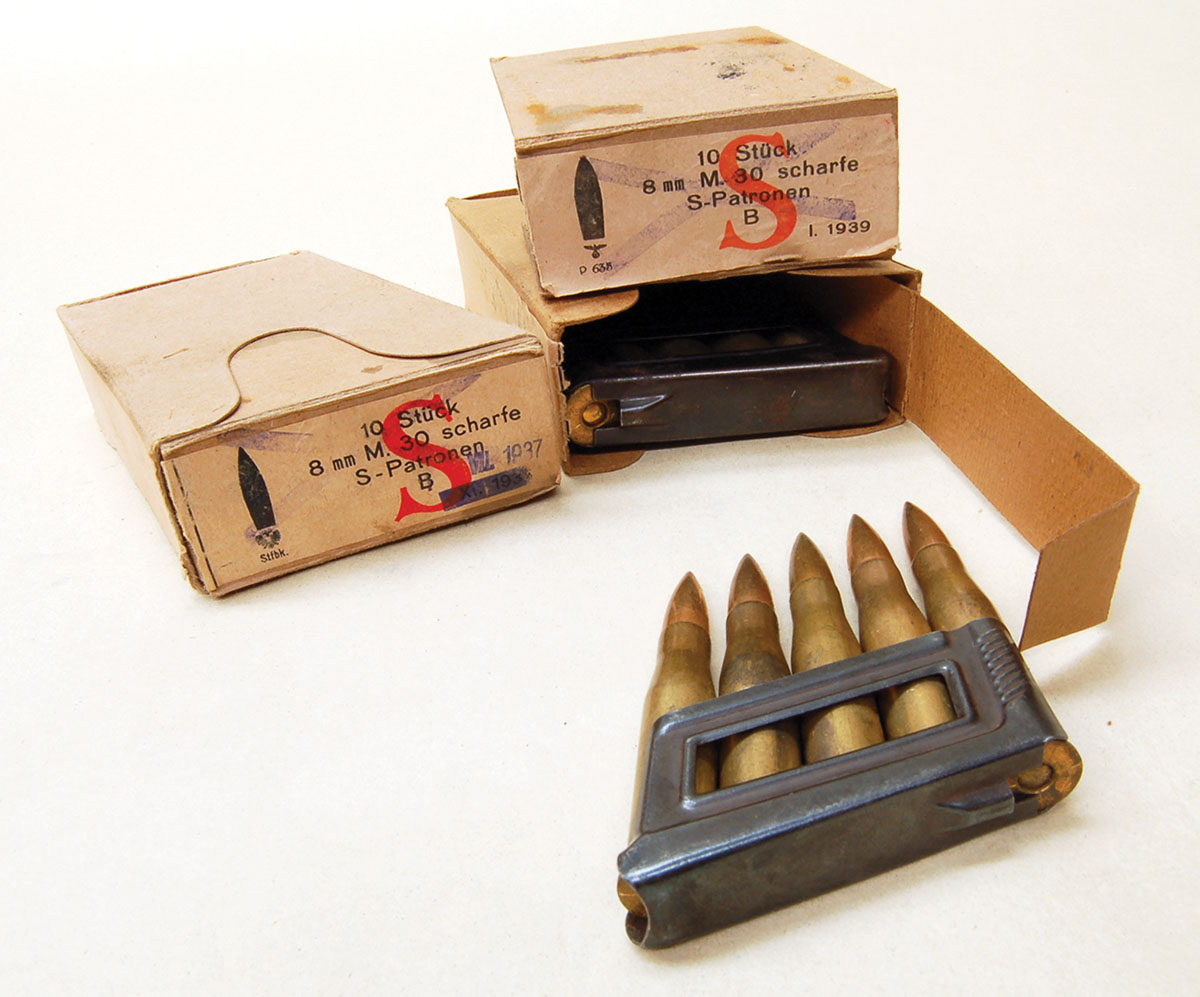
The manufacture of the M86 rifle was suspended until the Austrian government could decide what to do. The Mannlicher was deemed superior to the Lebel. The new cartridge was something else. Everyone was certain, however, that the secret of smokeless powder manufacture would not remain secret for very long.
Thus, the Georg Roth ammunition factory and Wien (Vienna) Armory quickly created a new cartridge. It combined (copied) the Lebels case length, caliber, bullet, rimmed case and bottlenecked shape with a compressed pellet of black powder weighing 62 grains. The result was the 8x50mmR Mannlicher. The bullet was a 244-grain roundnose while the velocity was 1,750 fps and the year was 1888.
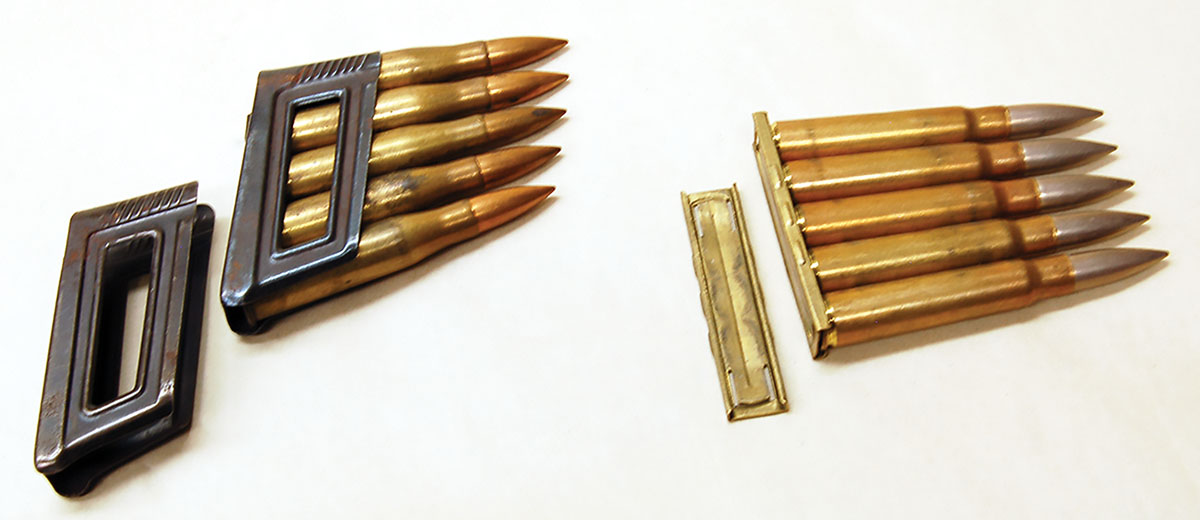
It was soon determined that the new loading was too hot for the wedge-locking straight pull action. Mannlicher quickly modified the two-piece bolt to have conventional front-locking lugs on the inner portion. They were rotated by spiral grooves when the bolt was moved straight forward and back, like the earlier rejected design. This action was as strong as any one-piece turning bolt. It was adopted on December 23, 1890, as the M90.
By 1892, Austria had developed a truly smokeless powder, which led to a higher-pressure military loading. It used the same 244-grain bullet, but driven to 2,035 fps. The case length was also now reduced 2mm back to the original 50mm.
A few small changes were made to the new action over the years and it was officially approved in November 1896, as the M95. Rifles and carbines were made by the millions prior to World War I. One reference stated that by the end of that conflict, more Mannlicher straight pull arms had been produced than Mauser 98s, Lee-Enfields and Springfield 1903s combined! The straight pull continued to be made and exported around the world.
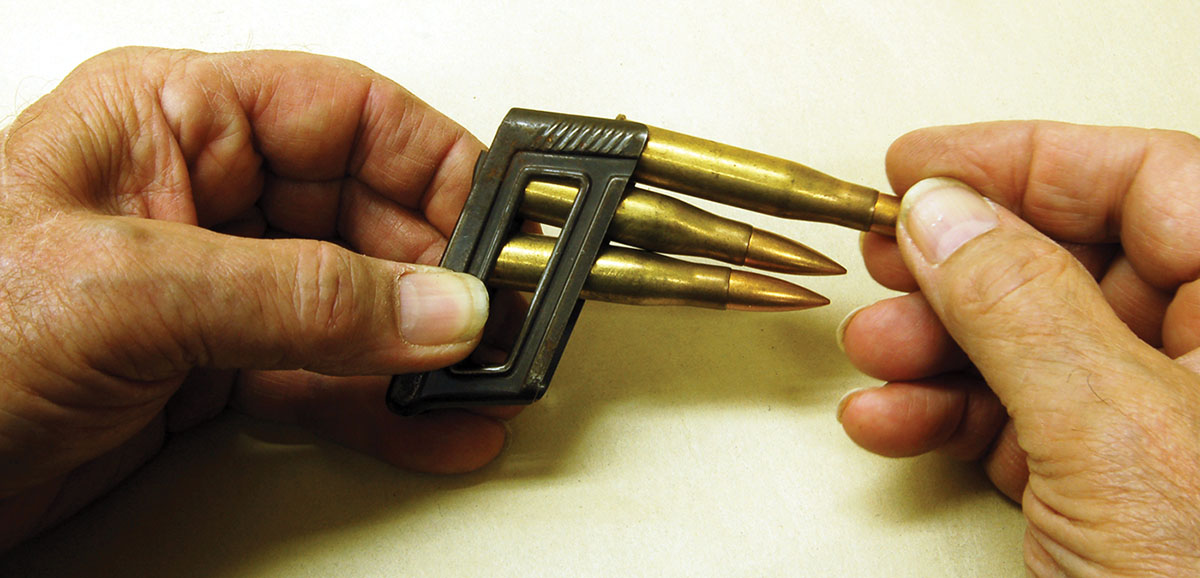
At any rate, about 1925, the Austrian army decided to replace the 8x50mmR and its roundnose bullet with something a bit more modern. Hirtenbeerger and Roth ammunition companies developed the 8x56mmR. The case has a long sloping shoulder making it look like a shortened, beltless 300 H&H. The base and rim dimensions are the same as the 8x50mmR. A 208-grain full jacket spitzer bullet achieved 2,395 fps. However, the so-called 8mm bullet measured .330 inch in diameter instead of the 8x50mm diameter of .323 inch. Some references mention “a larger bullet” while others say nothing. The ammunition shown in the photos has .330-inch bullets. 8x50mmR chambers were said to be simply reamed out to accept the new round, then stamped with either the letter “S” or “H” over the chamber to indicate conversion. It doesn’t look like a good idea to me. I have never seen a rifle chambering either cartridge with a bore good enough to slug for dimensions.
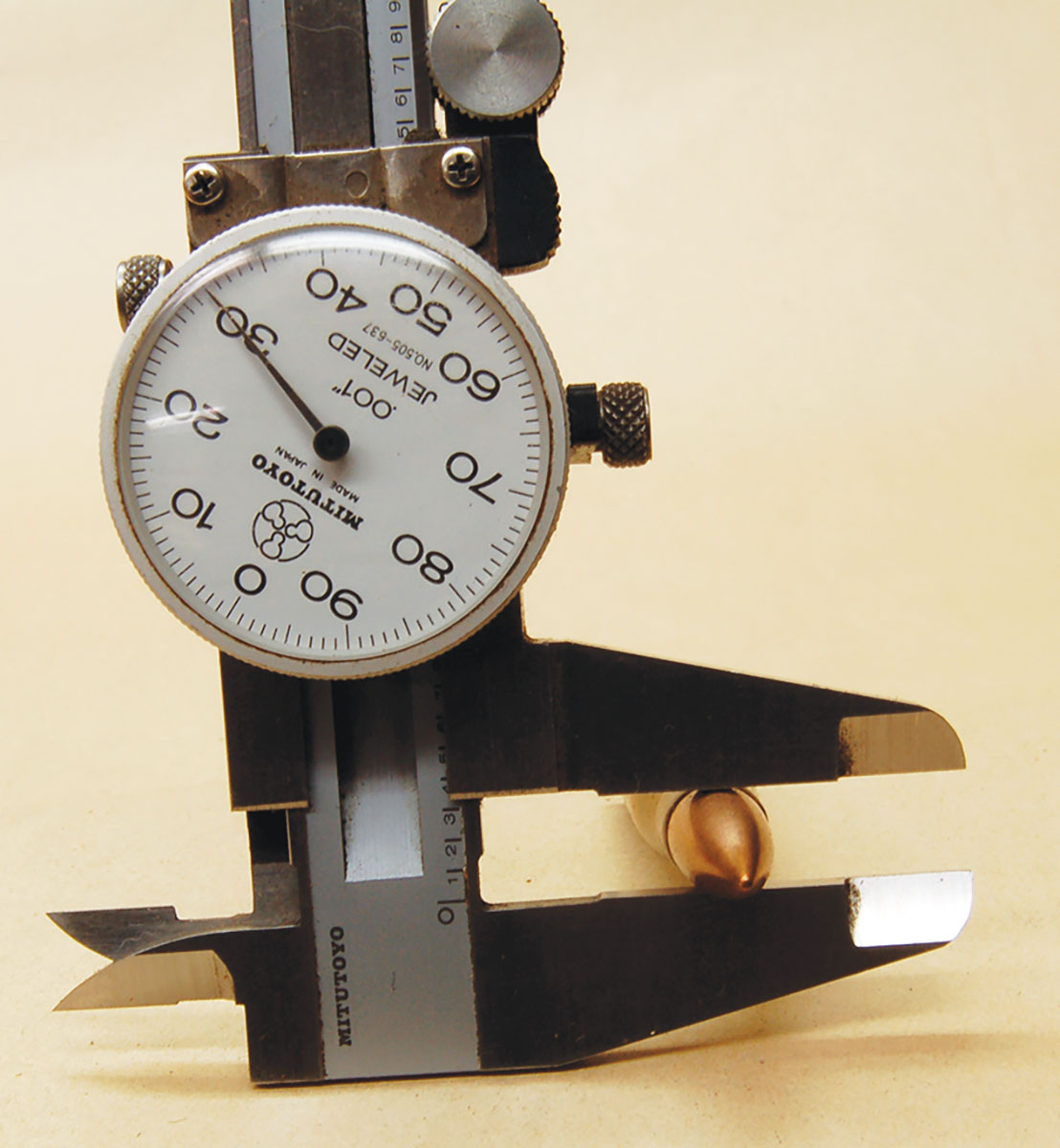
Nevertheless, the straight-pull action holds a certain fascination by simply being different. Thus, the sporting-style rifle shown in the photos was built on an M95 action. It is chambered for the 33 Winchester with the rim reduced to .555-inch in diameter to fit the bolt face. Unfortunately, the 33’s shoulder diameter is a bit too small for it to position correctly in the clip. The rifle is usually fired as a single shot. It is far more accurate than any 33 WCF levergun with cast bullets.
The action is very hard to open or close, worse yet if a magazine is inserted. There is no camming action to seat a cartridge or primary extraction to loosen a stuck case. If anything, the straight pull quickly creates an appreciation for all turn bolts – even Enfields! The old action and its last cartridge are gone and nobody misses them.


